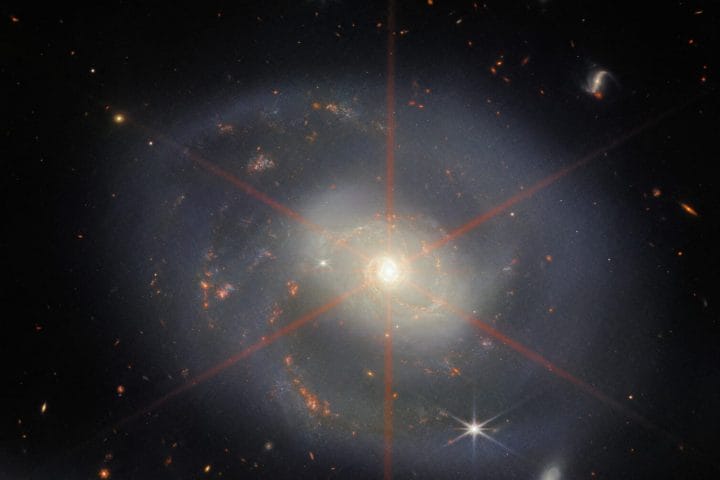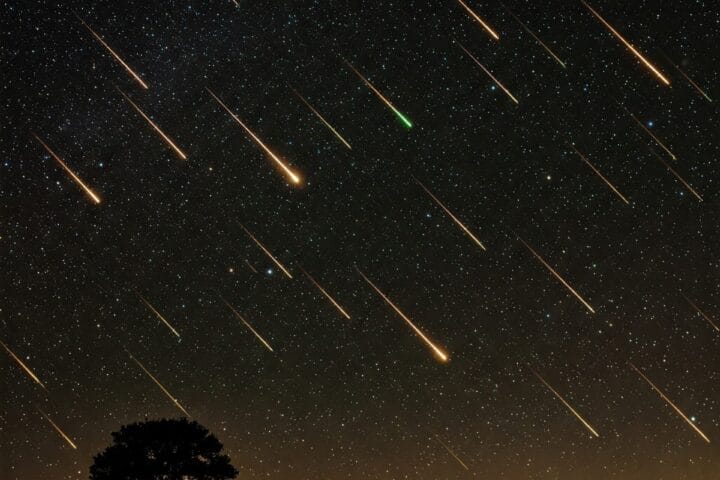The galaxy ESO 300-16 looms over this image from the NASA/ESA Hubble Space Telescope. This galaxy, which lies 28.7 million light-years from Earth in the constellation Eridanus, is a ghostly assemblage of stars which resembles a sparkling cloud. Other distant galaxies and foreground stars complete this astronomical portrait, which was captured by the Advanced Camera for Surveys.
This observation is one of a series which aims to get to know our galactic neighbors. Hubble has observed around three quarters of known galaxies within about 10 megaparsecs of Earth in enough detail to resolve their brightest stars and establish distances to these galaxies. A team of astronomers proposed using small gaps in Hubble’s observing schedule to acquaint ourselves with the remaining quarter of these nearby galaxies.
The megaparsec – meaning one million parsecs – is a unit used by astronomers to chart the mind-bogglingly large distances involved in astronomy. The motion of Earth around the Sun means that stars appear to slightly shift against very distant stars over the course of a year. This small shift is referred to as parallax and is measured in angular units: degrees, minutes, and seconds. One parsec is equivalent to the distance creating a parallax of one-arcsecond and is equivalent to 3.26 light-years or 30.9 trillion kilometers (19.2 trillion miles). The closest star to the Sun is Proxima Centauri, which lies 1.3 parsecs away.
Text credit: European Space Agency (ESA)
















